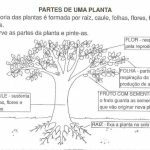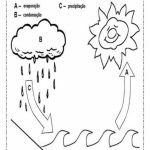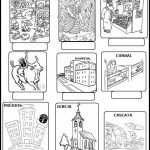Learning about the physical states of water is interesting. In addition to the need for knowledge, curiosity about each one of them is great. Thinking about the importance of knowledge and explaining how each one of them works, we selected some science activities: Physical States of Water.
So take each of the ideas and apply them in the classroom. Oh, remember to give home exercises too.
The physical states of water
Water from springs, rivers, seas, as well as that which comes out of the tap is liquid.
If heat heats up liquid water, it rises in the form of steam. It becomes gaseous and mixes with the air. It goes up and clouds will form.
Cold can turn the sparkling water back into liquid water, in the form of droplets.
Clouds are formed by these droplets, when gaseous water meets cool air. That's why we see clouds even though we don't see soda water.
Clouds produce rain when droplets that were small come together. Larger droplets fall quickly to the earth.
In places where it is very cold, like the North Pole or the South Pole, on very high mountain peaks or in the fridge freezer, the water becomes solid. It gets hard as crystal.
Water appears in nature under different aspects.
The water that comes out of the tap, which forms rivers, lakes, wells, ponds, oceans, is in a liquid state. On ice, on snow, it is solid. In clouds, in water vapor, in the gaseous state.
What causes changes in the physical state of water is the change in temperature.
the physical states of water
Questions
1) What are the physical states of water?
2) According to the text where can we find water in:
a) Liquid state:
b) Solid state:
c) Gaseous state:




Did you like it? Share this post on your social network
 Activities on Sense Organs for Early Childhood Education
Activities on Sense Organs for Early Childhood Education
 RECREATIONAL ACTIVITIES FOR EARLY CHILDHOOD EDUCATION
RECREATIONAL ACTIVITIES FOR EARLY CHILDHOOD EDUCATION
 ACTIVITIES ON PARTS OF PLANS
ACTIVITIES ON PARTS OF PLANS
 ACTIVITIES ABOUT THE WATER CYCLE FOR THE 3rd 4th YEAR
ACTIVITIES ABOUT THE WATER CYCLE FOR THE 3rd 4th YEAR
 Activities on Rural and Urban Areas
Activities on Rural and Urban Areas
 School activities about carnival
School activities about carnival
This site uses Akismet to reduce spam. Learn how your comment data is processed.

